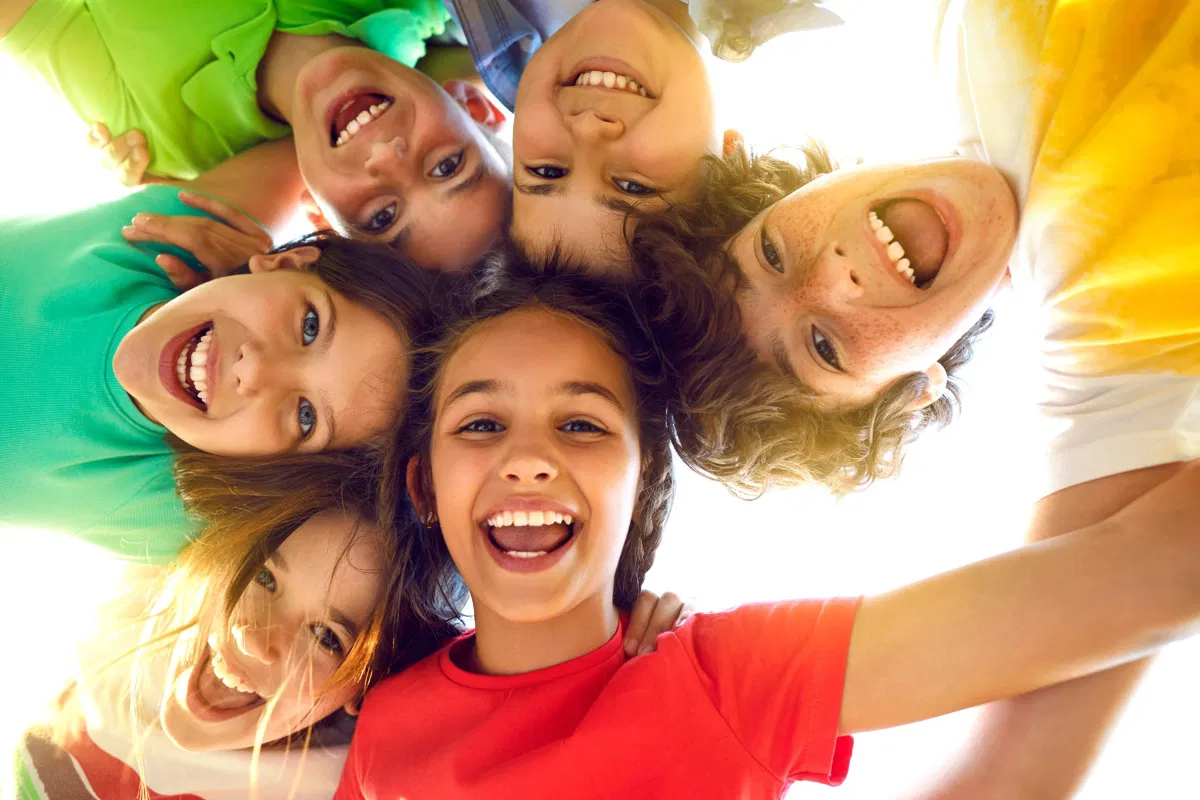


Autism Spectrum Disorder (ASD) is a developmental condition that can affect how a child communicates, interacts with others, and experiences the world.
According to the CDC, about 1 in 36 children in the United States is diagnosed with autism.
While hearing the word “autism” can feel overwhelming, it’s important to remember that early support can make a big difference. Many children with autism grow, learn, and thrive with the right guidance and care.
Early Signs of Autism

Some signs of autism appear in infancy or toddlerhood. You might notice your child:
Autism Spectrum Disorder (ASD) is a developmental condition that can affect how a child communicates, interacts with others, and experiences the world.
According to the CDC, about 1 in 36 children in the United States is diagnosed with autism.
While hearing the word “autism” can feel overwhelming, it’s important to remember that early support can make a big difference. Many children with autism grow, learn, and thrive with the right guidance and care.
Early Signs of Autism
Some signs of autism appear in infancy or toddlerhood. You might notice your child:


Signs of Autism in Older Children
As children grow, the signs of autism can become more varied. In older children, you might notice:
Recognizing these signs can help families seek support and resources that make a meaningful difference.
How Howard Can Help
At Howard Intervention Center, we understand that autism looks different for every child—and that’s why our approach is personalized. Whether your child is a toddler or an older child, our experienced team offers evaluations, therapy, and compassionate support to help them thrive socially, emotionally, and academically.
If you have concerns about your child’s development at any age, please reach out. We’re here to help you find answers and hope.

Signs of Autism in Older Children
As children grow, the signs of autism can become more varied. In older children, you might notice:
Recognizing these signs can help families seek support and resources that make a meaningful difference.
How Howard Can Help
At Howard Intervention Center, we understand that autism looks different for every child—and that’s why our approach is personalized. Whether your child is a toddler or an older child, our experienced team offers evaluations, therapy, and compassionate support to help them thrive socially, emotionally, and academically.
If you have concerns about your child’s development at any age, please reach out. We’re here to help you find answers and hope.

Autism Spectrum Disorder (ASD) is a neurodevelopmental difference that affects how a person communicates, socializes, and processes information. Autism is lifelong, and every person with autism is unique—with their own strengths, needs, and ways of experiencing the world.

Differences in back-and-forth conversation, using/understanding gestures, facial expressions, or tone of voice; preference for solo play or parallel play.

Repetitive movements or speech (e.g., hand flapping, echolalia), deep interests, strong need for routines, sensory differences (seeking or avoiding sound, light, touch, taste).

Exceptional focus, strong memory for details, visual thinking, honesty, creativity, and unique problem-solving.

Compassionate, evidence-based, and family-centered—built around your child’s strengths and your priorities.

📍 Locations: Matteson, IL & Oak Forest, IL
📞 Phone: (708) 794-6509
🌐 Website: www.HowardInterventionCenter.org
